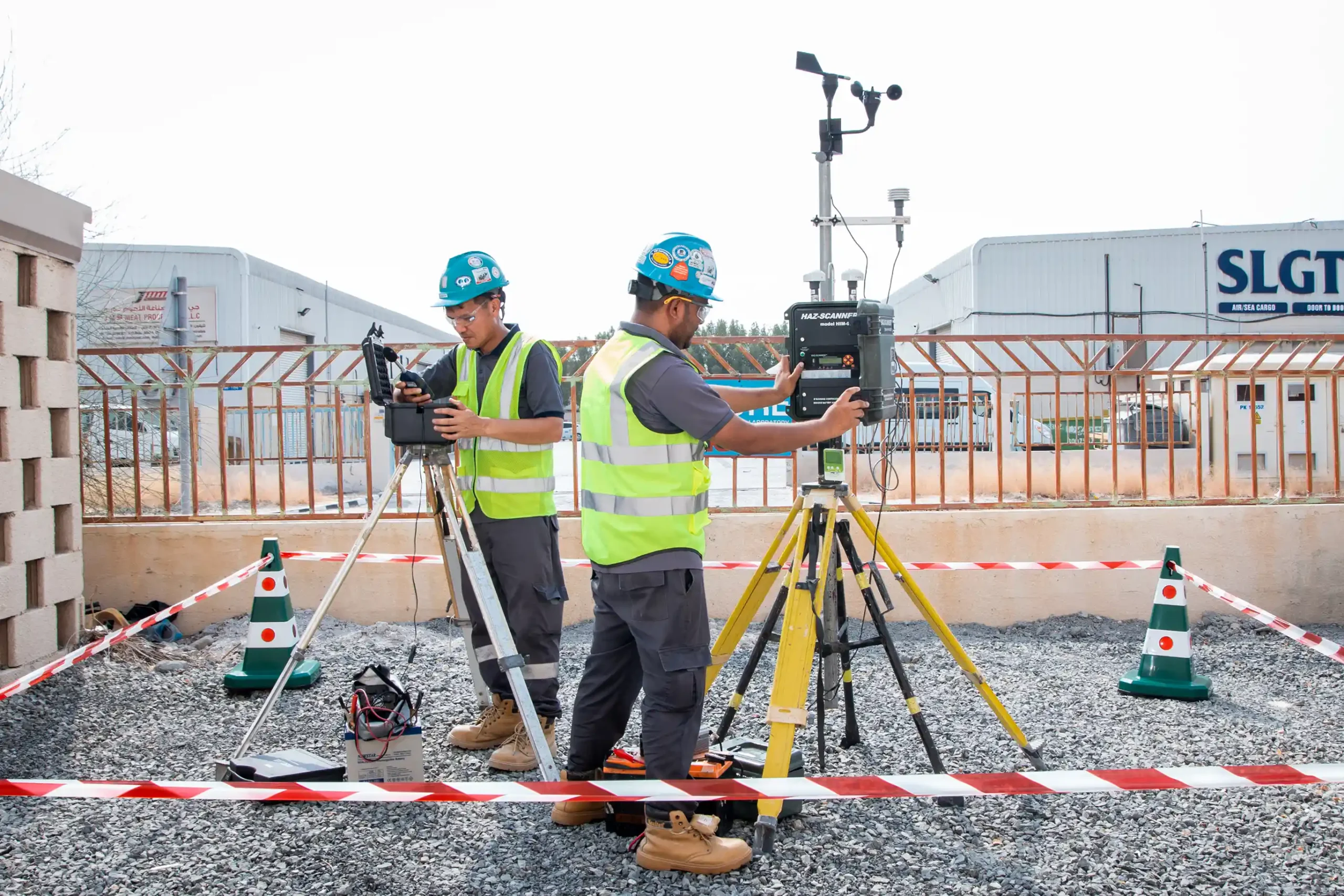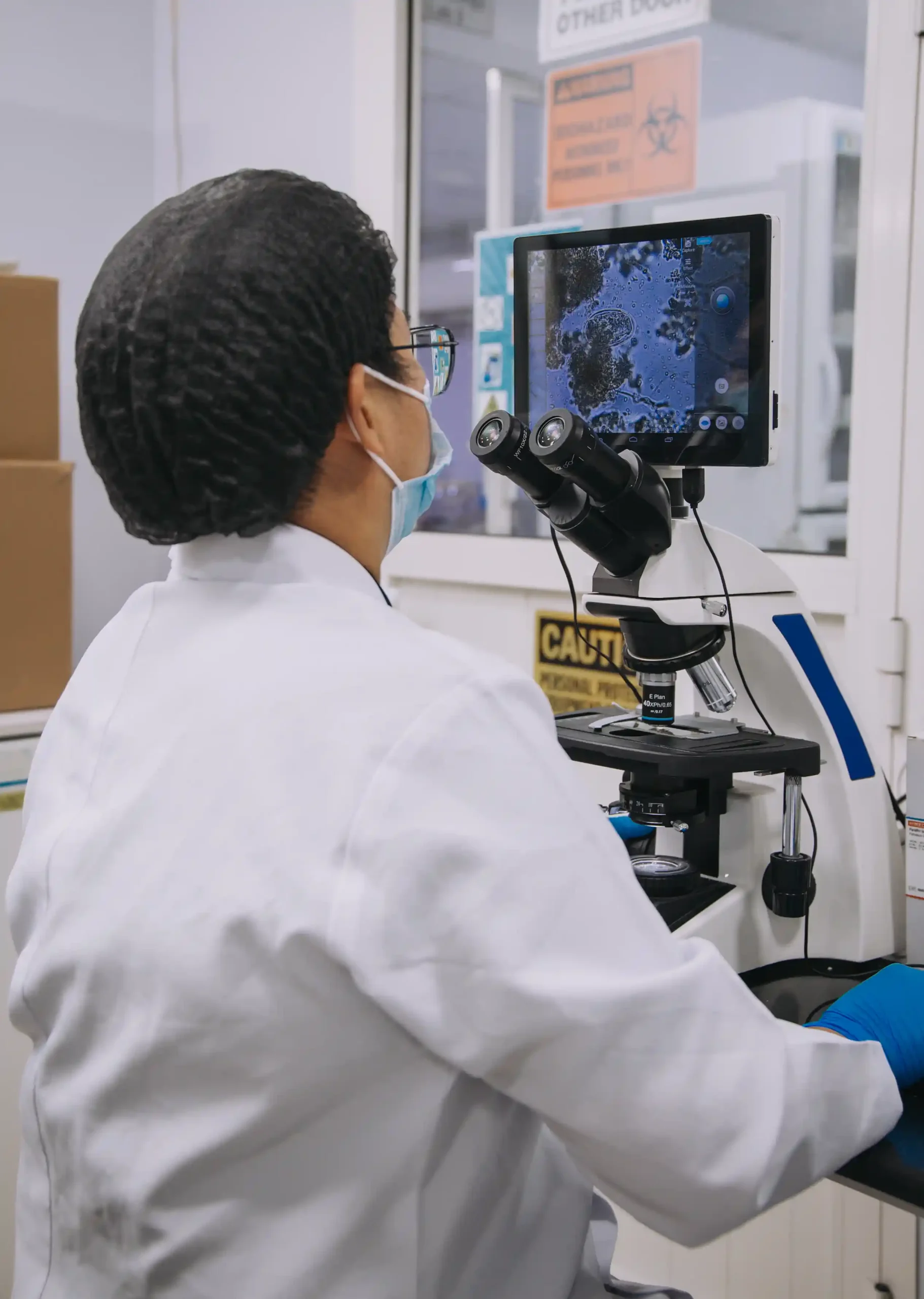In the realm of wastewater management and environmental monitoring, the presence of hydrogen sulfide (H2S) is a critical parameter. As a toxic and corrosive gas with a characteristic "rotten egg" smell, H2S poses significant challenges to operational safety, equipment longevity, and environmental compliance. This makes hydrogen sulfide testing a cornerstone of STP Air and Biogas monitoring programs.

Understanding Hydrogen Sulfide in STPs
Hydrogen sulfide is produced during the anaerobic decomposition of organic matter, a common occurrence in sewage treatment plants (STPs). While it is a natural byproduct of the treatment process, uncontrolled levels can have serious implications:
- Health Hazards: Even at low concentrations, H2S can cause respiratory irritation and other health issues. Prolonged exposure to higher levels can be life-threatening.
- Corrosion of Infrastructure: H2S reacts with moisture to form sulfuric acid, which corrodes pipelines, tanks, and other equipment, leading to costly repairs and maintenance.
- Environmental Impact: Excessive release of H2S contributes to air pollution and creates odor nuisances for nearby communities.
The Importance of Hydrogen Sulfide Testing
- Ensuring Worker Safety
H2S is classified as a hazardous gas, requiring strict monitoring to protect workers in STPs. Accurate testing ensures that concentrations remain below permissible exposure limits, safeguarding health and safety.
- Protecting Equipment and Reducing Costs
Early detection of hydrogen sulfide allows operators to take preventive measures against corrosion. This extends the lifespan of infrastructure and reduces the financial burden of unplanned maintenance.
- Regulatory Compliance
Environmental authorities in Dubai and across the UAE enforce stringent air quality standards. Regular H2S testing is essential for demonstrating compliance with these regulations, avoiding penalties, and maintaining operational credibility.
- Optimizing Biogas Recovery
In biogas production, monitoring hydrogen sulfide levels is crucial for improving the quality of the gas. High H2S concentrations can damage equipment used in energy recovery systems, making accurate testing vital for efficient operations.
Advanced Methods for Hydrogen Sulfide Testing
Modern technologies have revolutionized H2S monitoring, offering reliable and precise methods for detection. Key techniques include:
- Real-Time Gas Detectors: These devices provide continuous monitoring of H2S levels, offering instant alerts when thresholds are exceeded.
- Gas Chromatography: A laboratory-based method that delivers detailed analysis of H2S concentrations and other gas components.
- Portable Gas Analyzers: Ideal for spot checks and field measurements, these tools combine accuracy with ease of use.
The Role of Hydrogen Sulfide Testing in STP Air and Biogas Monitoring
As part of comprehensive STP Air and Biogas monitoring, hydrogen sulfide testing is indispensable. It not only ensures the safety and efficiency of sewage treatment plants but also contributes to broader sustainability goals by minimizing environmental impact and optimizing resource recovery.
CORE Laboratory: Excellence in H2S Testing
For industry-leading expertise in hydrogen sulfide testing, look no further than CORE Laboratory. With cutting-edge technology and a commitment to precision, CORE Laboratory provides accurate and reliable solutions for all your STP Air and Biogas monitoring needs.
Conclusion
The hydrogen sulfide test is a critical component of effective environmental monitoring and wastewater management. From safeguarding health and infrastructure to enhancing biogas recovery and ensuring regulatory compliance, its importance cannot be overstated. By prioritizing accurate H2S testing, STPs can achieve operational excellence while contributing to a cleaner, safer environment.

















